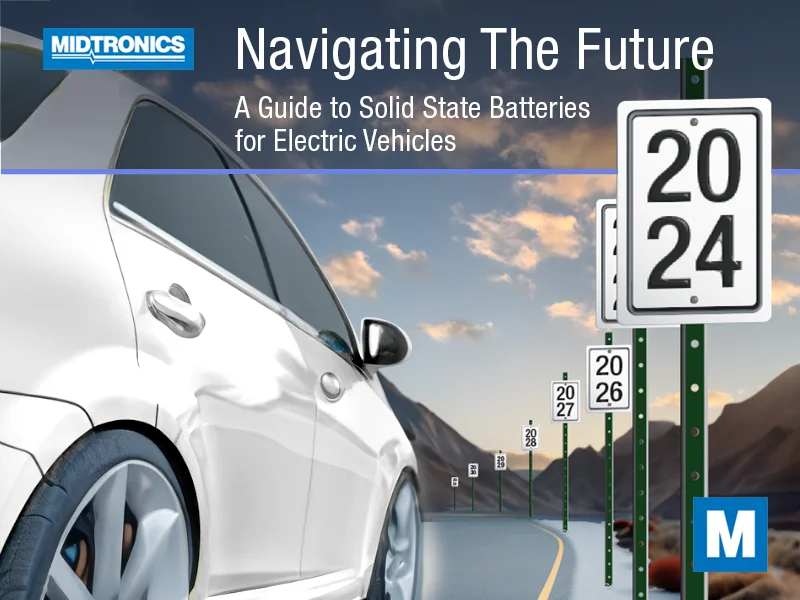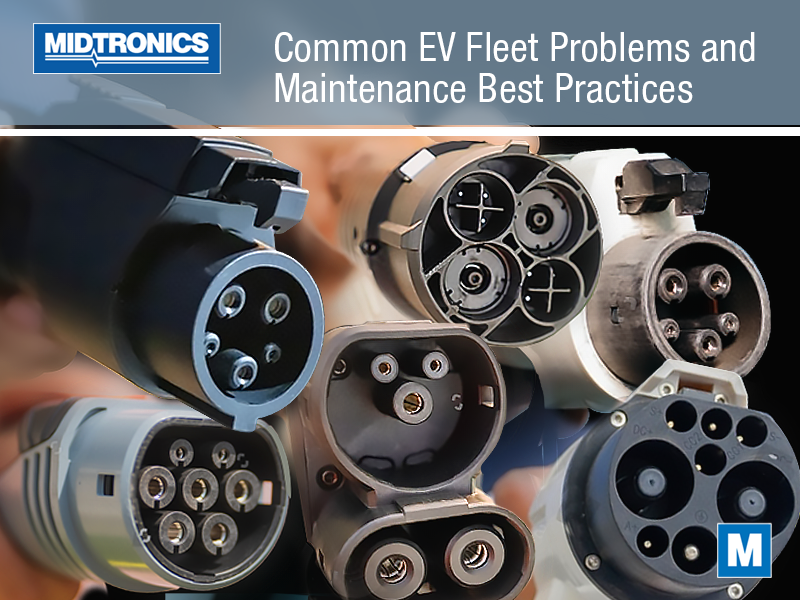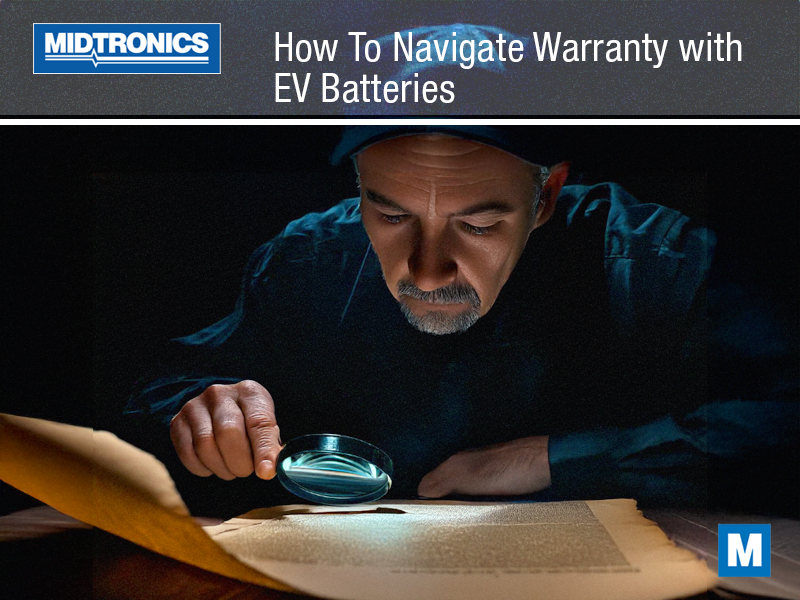The landscape for electric vehicles moves quickly, and staying ahead of the curve is essential for car dealerships. One technological advancement poised to reshape the industry is the development of solid state batteries. Touted as the next big thing, it could alleviate the most prevalent concerns that potential EV purchasers face.
Explore in detail what solid state batteries are, their potential benefits over existing EV battery technology, the challenges hindering their production, and when we can expect these revolutionary batteries to hit the market.
What Makes Solid State Batteries Different
Solid state batteries represent a paradigm shift in energy storage technology. Unlike traditional lithium-ion batteries, which use liquid electrolytes, solid state batteries employ solid electrolytes.
The electrolyte in a currently available Li-ion battery is usually what’s known as an anhydrous organic liquid. And while it’s unbelievably efficient and safe compared to previous battery designs, there’s room for improvement. The electrolyte in a solid state battery is often ceramic compounds and polymers, a solid material with incredible conductivity. They’re used in other devices, namely wearable technology, but scaling it to vehicle use is no small feat.
These fundamental differences in solid state battery tech bring several advantages:
- Enhanced Safety – Solid state batteries are inherently safer due to the absence of flammable liquid electrolytes, reducing the risk of fire or explosion in the event of a malfunction. Even though instances of EV fires are far less common than for ICE vehicles, solid state technology would make them inherently safer yet.
- Increased Energy Density – They have the potential for higher energy density, meaning they can store more energy in a smaller and lighter package. This could lead to longer driving ranges for electric vehicles, primarily, but also reduce the weight the vehicle has to carry and making the same size battery able to go even further.
- Faster Charging – Solid state batteries offer faster charging capabilities, reducing the time required for EVs to recharge and making electric cars more convenient for consumers. An example is that the average EV recharges to 80% in approximately 36 minutes, but a similar solid state variation would take 10 to 15 minutes. That would make charging more in line with refueling an ICE car at a gas station.
- Extended Lifespan – The solid-state design is expected to increase the overall lifespan of batteries, reducing the frequency of replacements and maintenance costs. A common Li-ion EV battery’s degradation begins to show after around 1,000 cycles, whereas a solid state battery’s degradation is only noticeable to the same degree after 5,000 cycles.
There are likely to be even more benefits that become clear once technology is closer to implementation.
Section 2: Potential Benefits Over Current EV Battery Technology
As with any newly introduced policies and products, there’s no denying the learning curve has been steep for EVs. But there’s plenty to get the automotive industry excited about the numerous advantages that solid state batteries bring to the table:
- Competitive Edge – Vehicles equipped with solid state batteries stand to gain a competitive edge, and dealership personnel that have access to these models could stand out. Offering cutting-edge technology can attract forward-thinking consumers and set your dealership apart from the competition.
- Improved Customer Satisfaction – Longer driving ranges, faster charging times, and increased safety contribute to a more satisfying ownership experience for customers. Happy customers are more likely to become repeat buyers and advocates for your dealership, as well as for the technology you sell.
- Reduced Total Cost of Ownership – With a longer lifespan and lower maintenance requirements, solid state batteries can significantly reduce the total cost of ownership for electric vehicle owners. This is a compelling selling point for cost-conscious consumers, and one that will drive shoppers into dealerships that carry them.
Section 3: Challenges Faced in Bringing Solid State Batteries to Production
While the potential benefits are enticing, it’s essential to acknowledge the challenges standing in the way the widespread production of solid state batteries:
- Technological Hurdles – Developing reliable and cost-effective solid electrolytes that can withstand the rigors of automotive use is an engineering challenge that manufacturers are actively addressing. For example, solid state electrolytes are more fragile and temperature sensitive, generally speaking, and determining how to safely implement it is of the utmost importance.
- Scaling Up Production – Scaling up production to meet the demands of the automotive industry is a significant hurdle. Procuring the raw materials will need to be worked out. Mass production processes need to be refined and optimized to make solid state batteries economically viable, and as the tech is fledgling, it could be a decade before it becomes mainstream.
- Cost Considerations – Currently, the production costs of solid state batteries are relatively high compared to traditional lithium-ion batteries. Achieving cost parity or cost-effectiveness is crucial for widespread adoption.
Section 4: When Might Solid State Batteries Come to Market?
While the timeline for the widespread adoption of solid state batteries remains uncertain, there are promising developments. Major automotive and battery manufacturers are heavily investing in research and development to overcome existing challenges. Breakthroughs in solid state technology are expected to accelerate the timeline for market availability.
Industry experts predict that solid state batteries could start making their way into the automotive market by the mid to late 2020s. However, initial adoption may be limited to high-end electric vehicles before becoming more mainstream.
Conclusion
Solid state batteries are on the horizon as a game-changer for electric vehicles, promising enhanced performance, safety, and longevity. Car dealership management should closely monitor developments in this space to position their businesses as leaders in the electric vehicle revolution.
For service departments, staying at the cutting edge with technology like MDX-AI to service and repair the vehicles coming down the pipe is crucial, whether it’s for verifying battery health, diagnosing bad cells, or safely disassembling, removing, and repairing battery packs.
While challenges exist, the potential benefits and the growing commitment from industry players suggest that solid state batteries will play a pivotal role in shaping the future of automotive technology.




